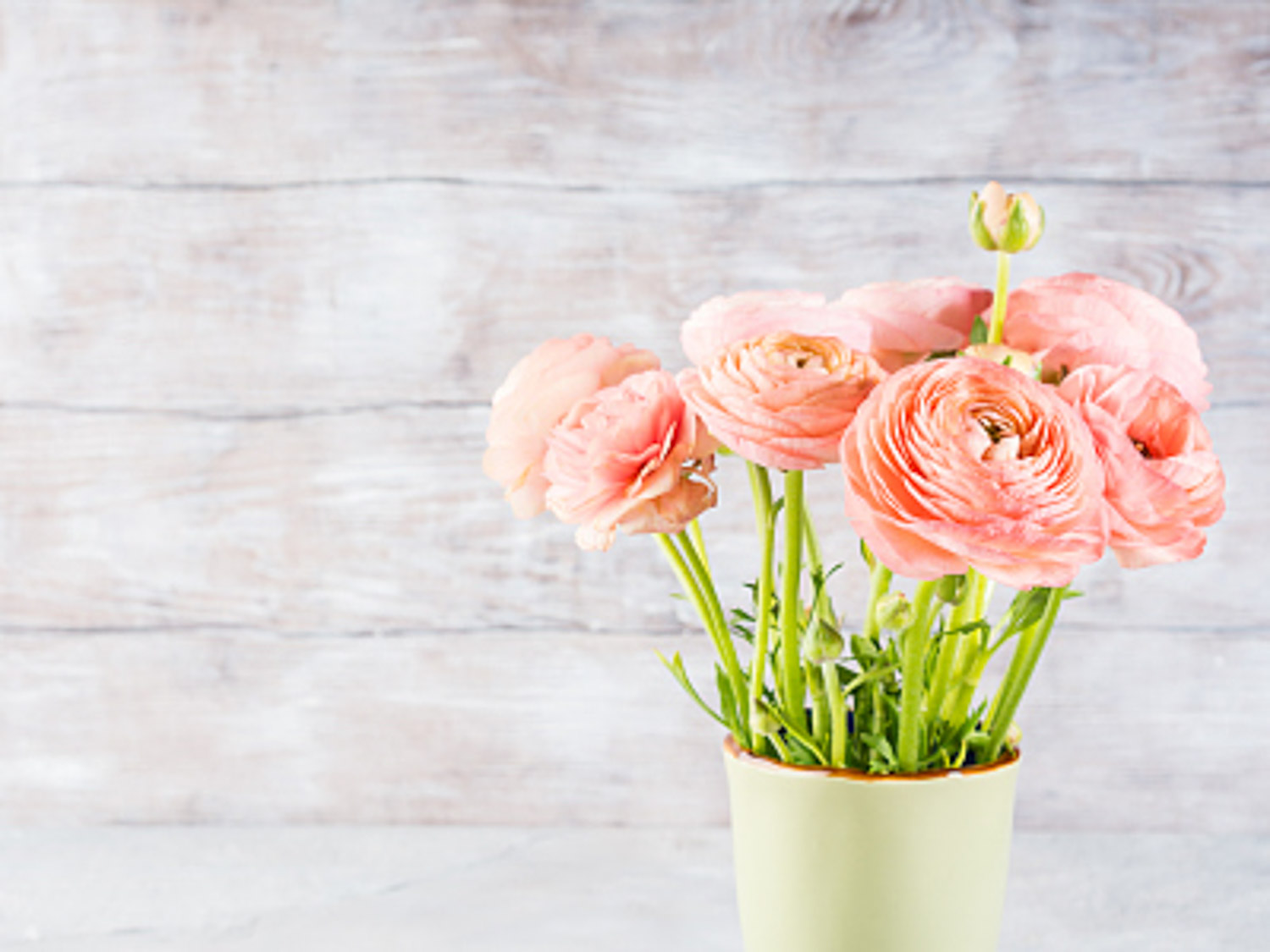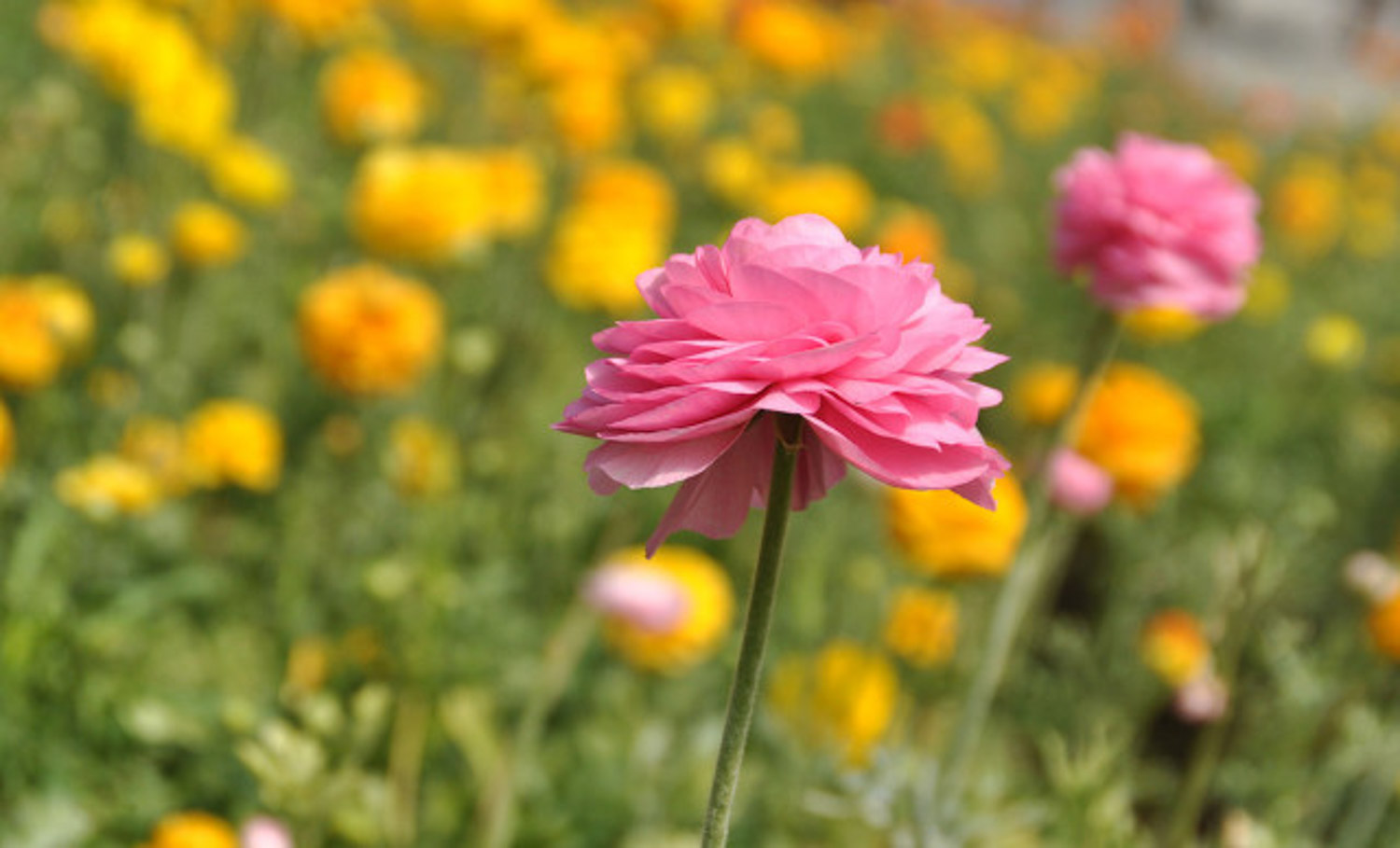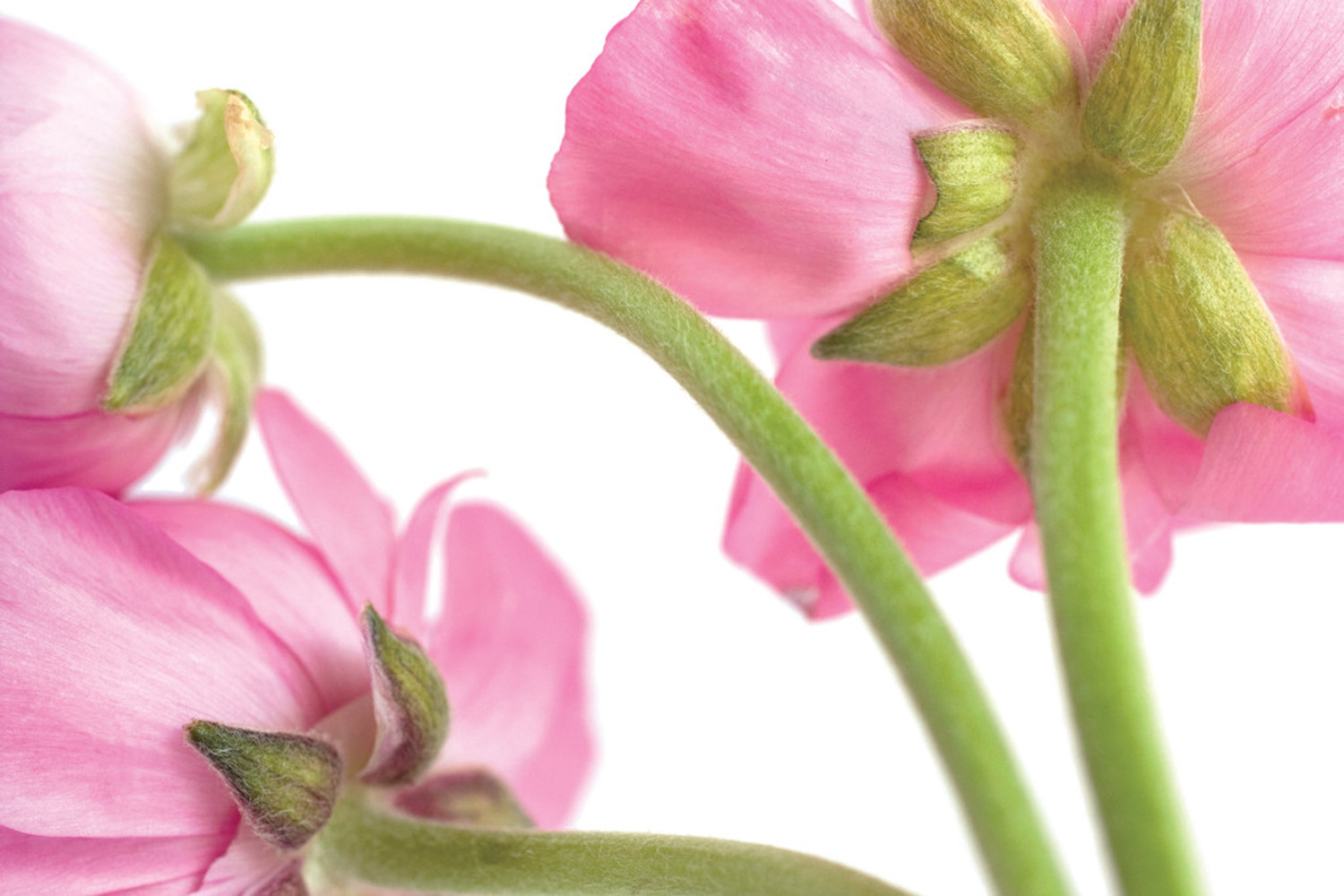1、 How to raise the newly bought Buttercup
The newly bought Ranunculus japonicus needs to adapt to the new environment and will not enter the growth state immediately. At this time, there is no need to pour too much water to avoid damage to the root system of the plant caused by ponding in the basin soil. It can be placed in a warm place that can receive scattered light to slow down. Fertilization is not required until normal growth is restored.
2、 Specific breeding methods
1. Soil: it is afraid of waterlogging and needs to provide it with a loose, fertile, humus rich and neutral soil with good drainage. We can mix garden soil, rotten leaf soil and stables manure in the ratio of 2:1:1 to prepare its nutrient soil
2. Temperature: it is suitable for growing in a warm environment. When you first buy it, you can keep it in an environment with a temperature of 15 ℃ - 20 ℃. It is not cold resistant, and the temperature is lower than 0 ℃, so it is very prone to freezing injury. Therefore, it can not be placed in the low-temperature environment for a long time. Once freezing injury occurs, it is difficult to recover. In winter, we need to take warm measures to keep it safe

3. Watering: it is resistant to drought but not waterlogging. When I first bought it, I poured water for the first time. After that, I need to strictly control the water. I can't pour too much water. Just keep the soil in a dry and wet state. It should be noted that it will enter the dormancy period in summer, so when its leaves are all withered and yellow, it needs to cut off water and put it in a well ventilated environment for maintenance
4. Light: it is not resistant to strong light. When it is first bought back, it can not be directly placed in the sun. It needs to provide a place with sufficient scattered light for maintenance. Under normal circumstances, after entering April, when the temperature rises, direct light will accelerate the yellowing of leaves and make the plant enter the dormant state in advance. Therefore, it should be maintained in a bright light but away from direct sunlight
5. Fertilization: it likes fertilization and needs enough nutrients in the growth period, but it does not need fertilization in the slow basin period. After it returns to its normal growth state, it can be fertilized once a week, mainly urea in the early stage and compound fertilizer in the later stage


 how many times do yo...
how many times do yo... how many planted tre...
how many planted tre... how many pine trees ...
how many pine trees ... how many pecan trees...
how many pecan trees... how many plants comp...
how many plants comp... how many plants can ...
how many plants can ... how many plants and ...
how many plants and ... how many pepper plan...
how many pepper plan...





























